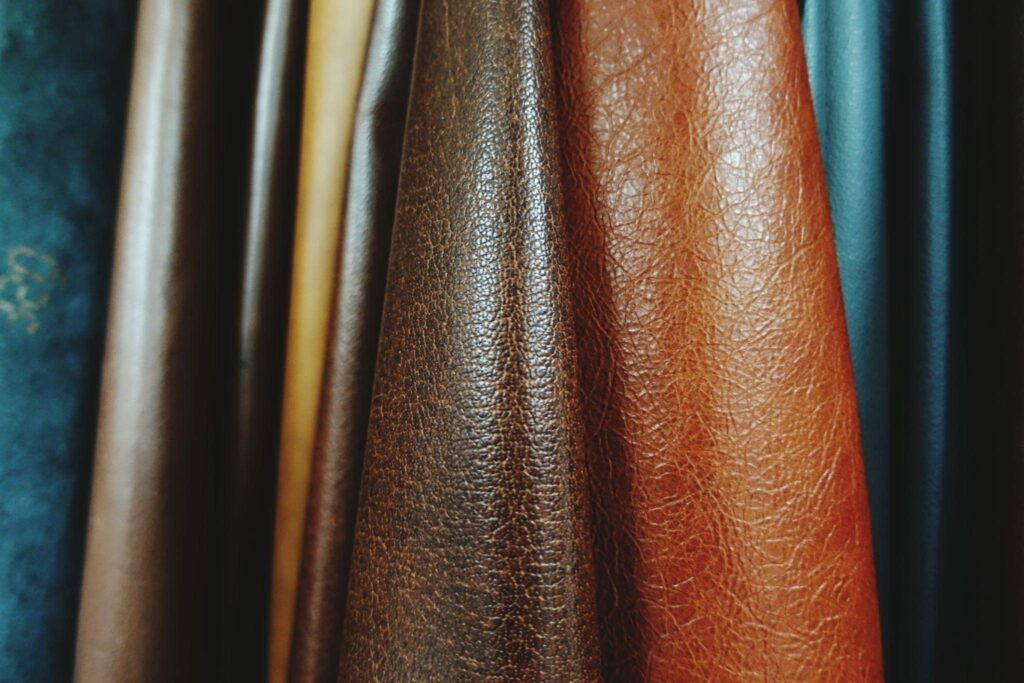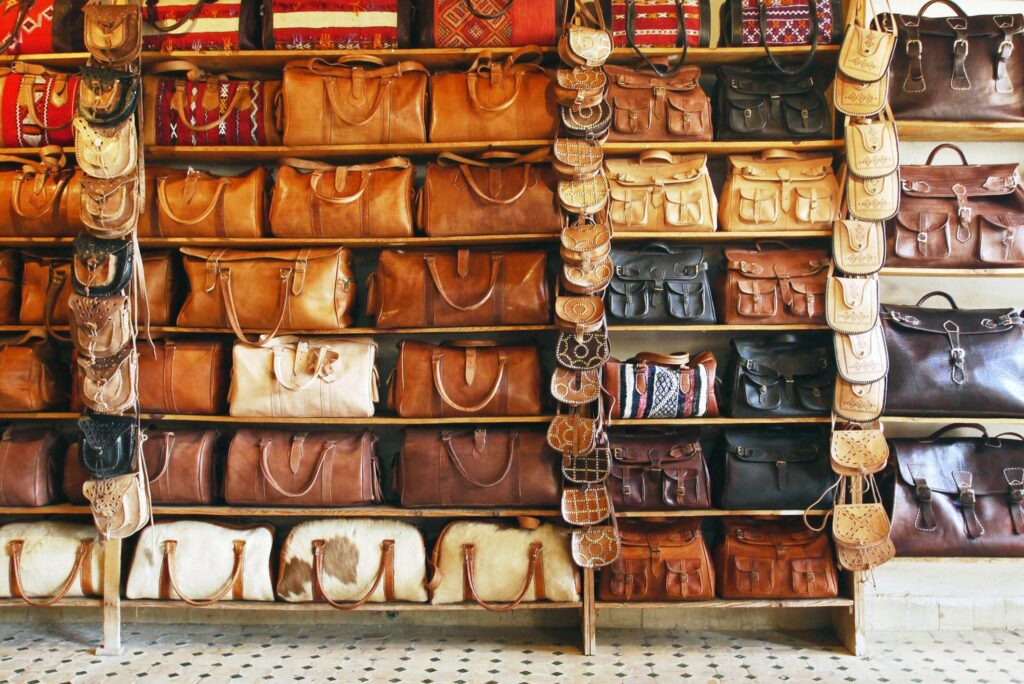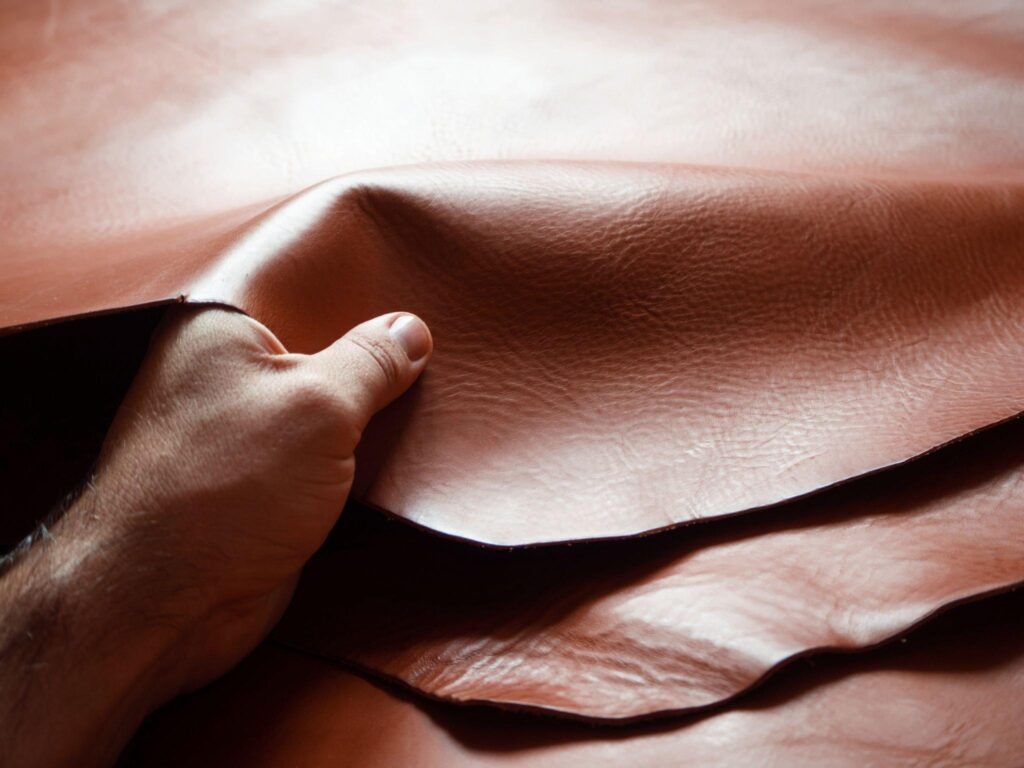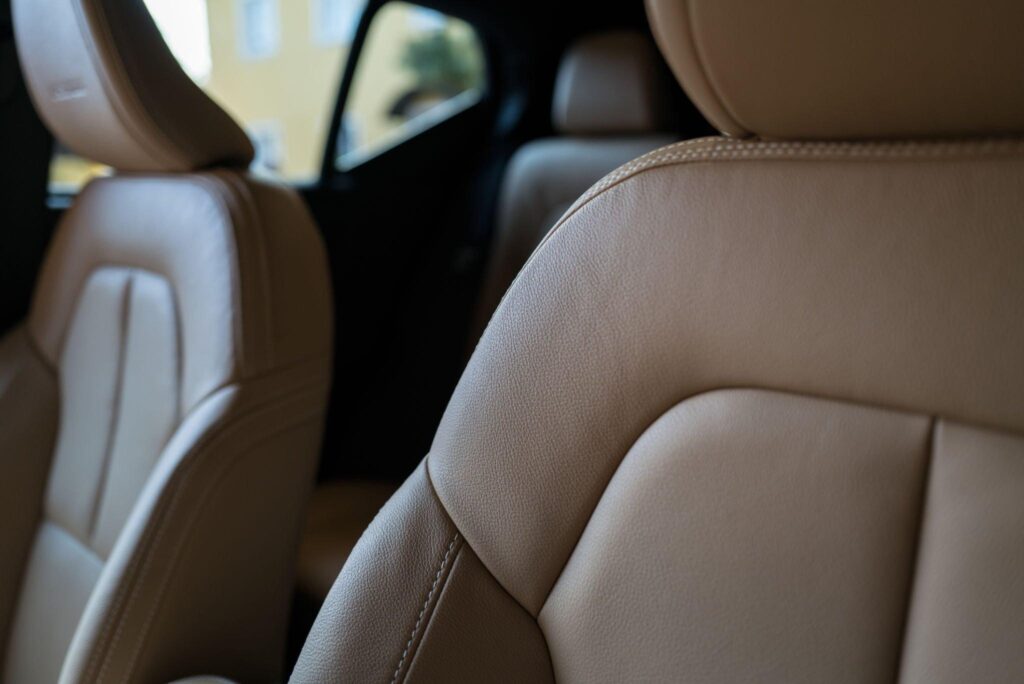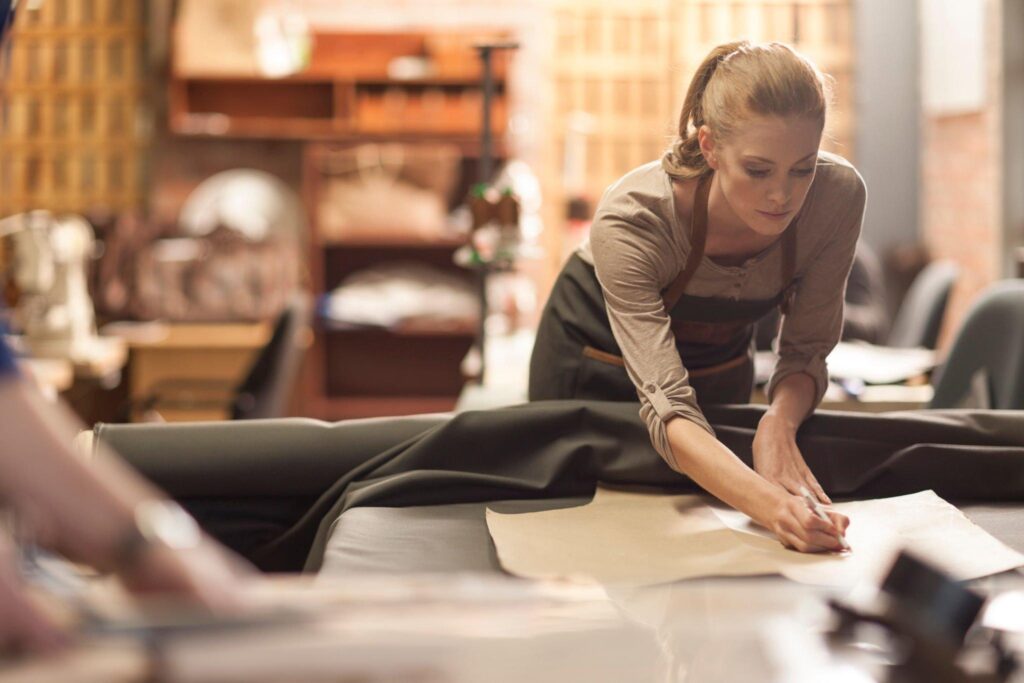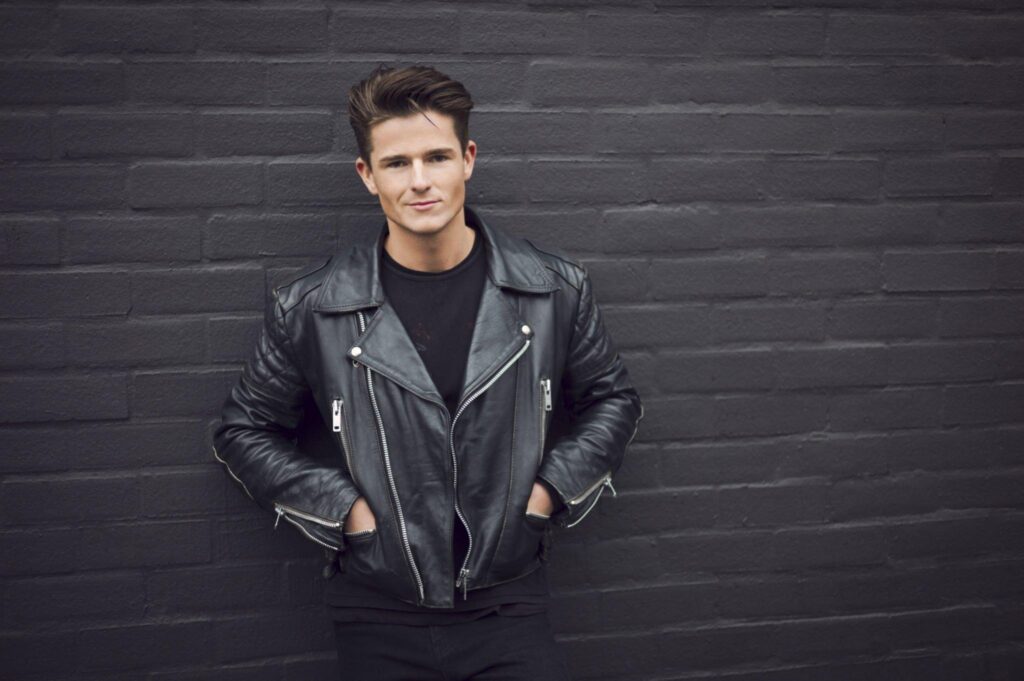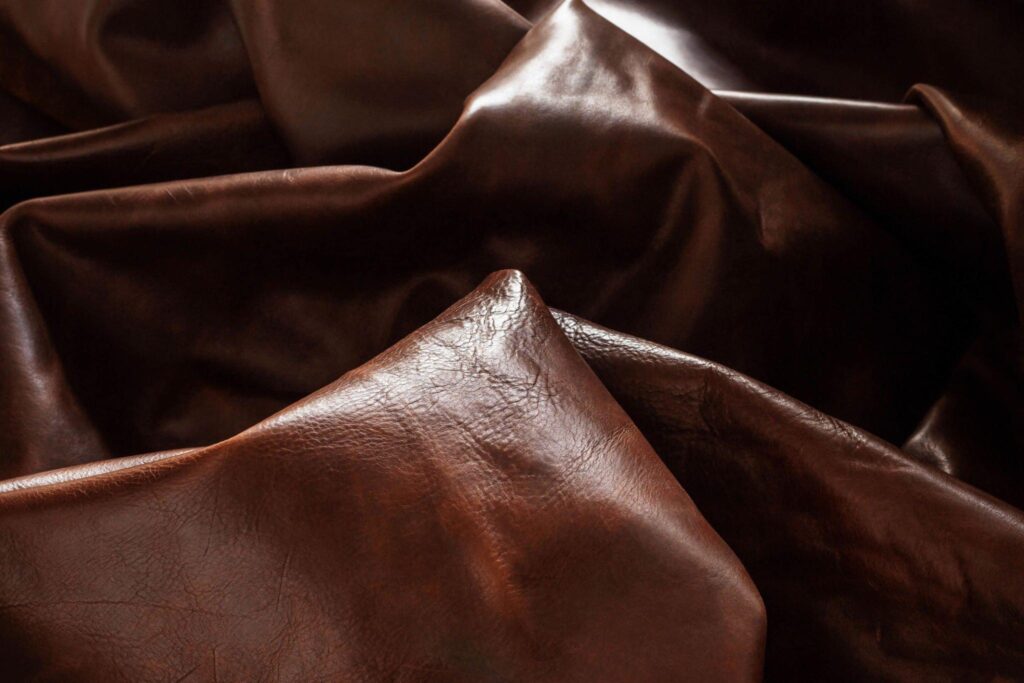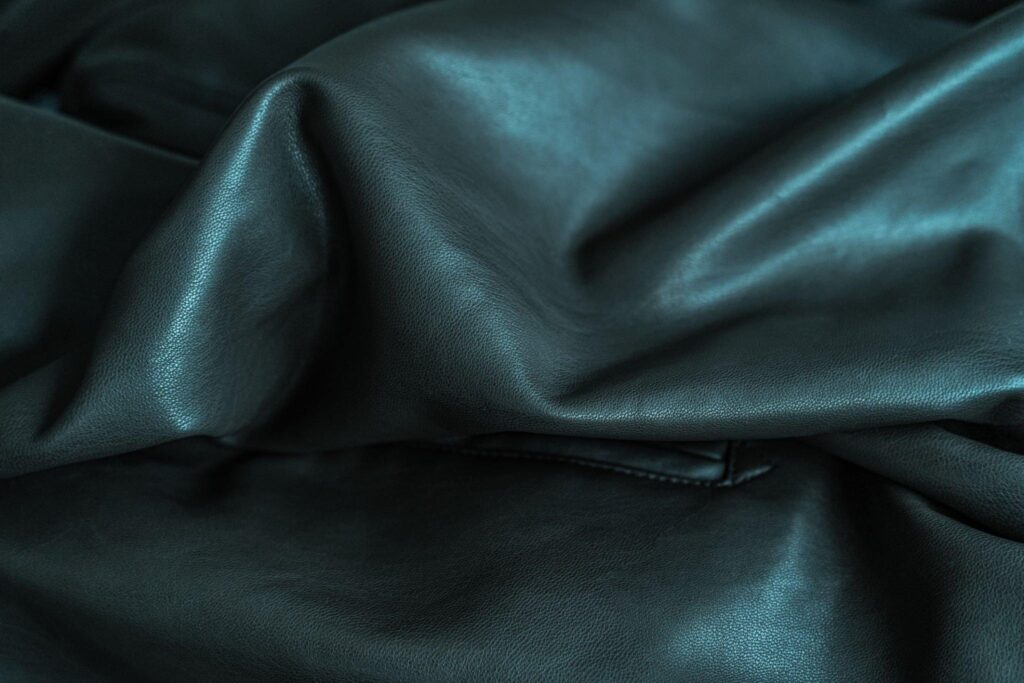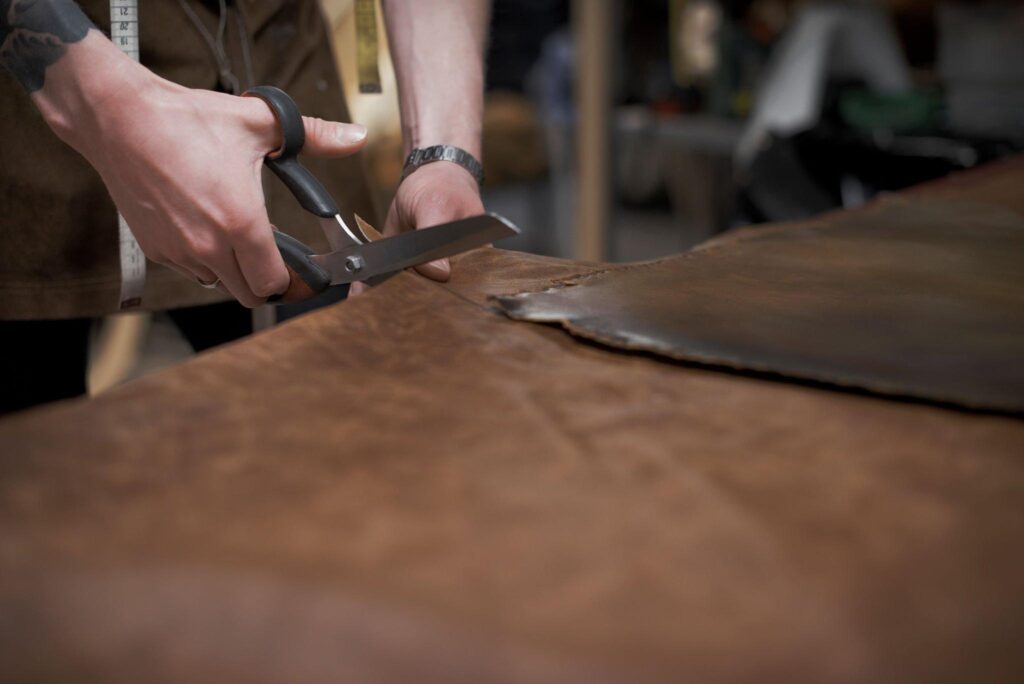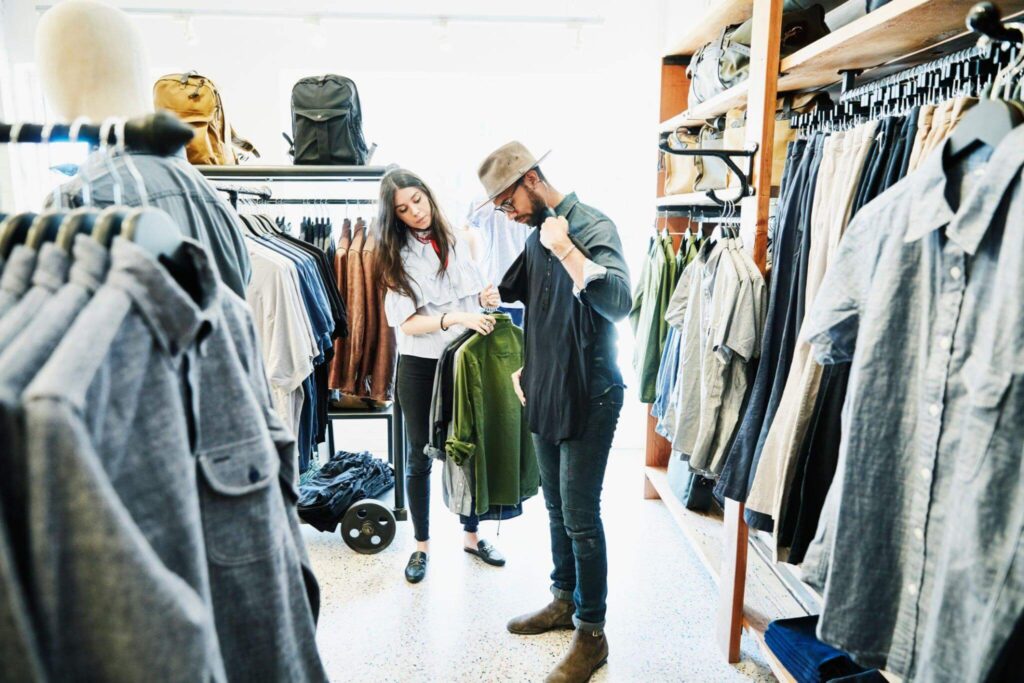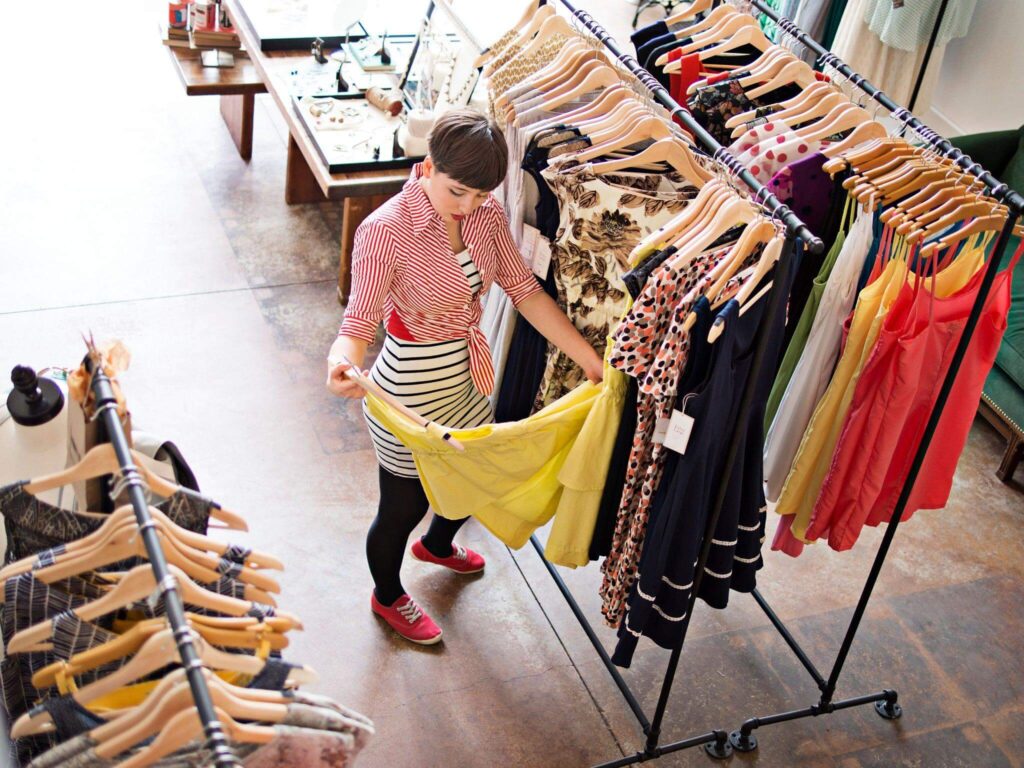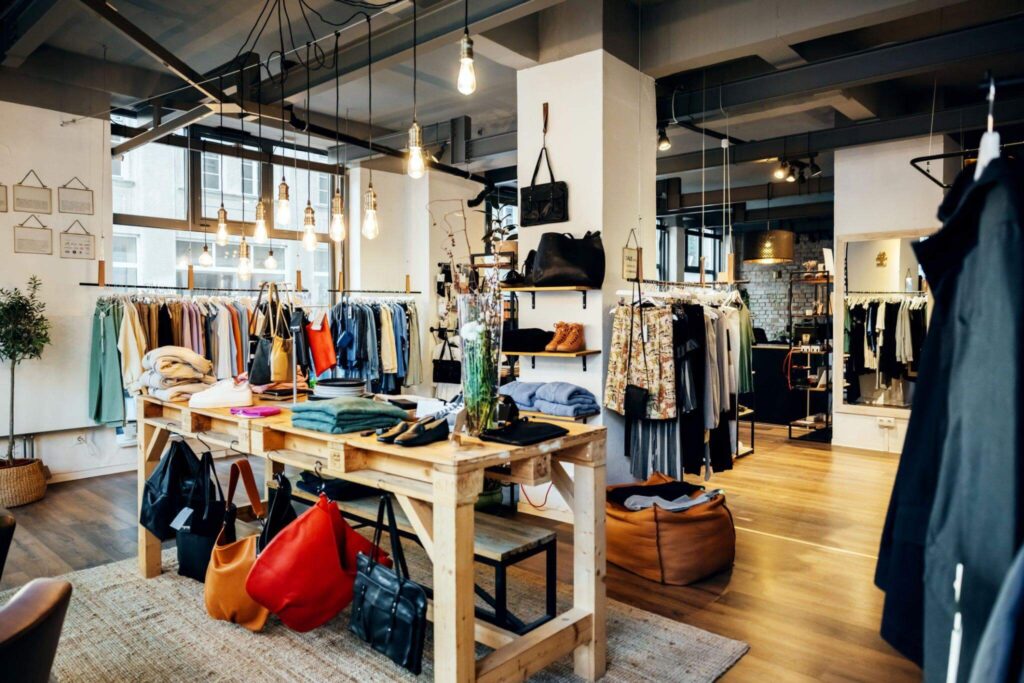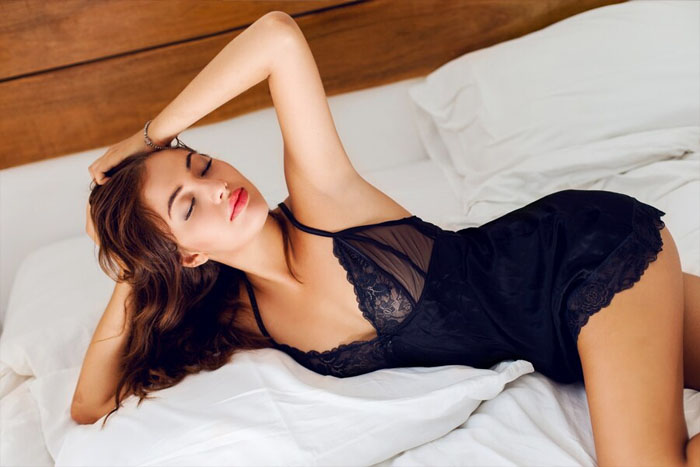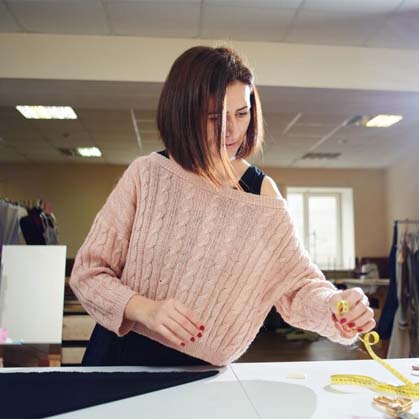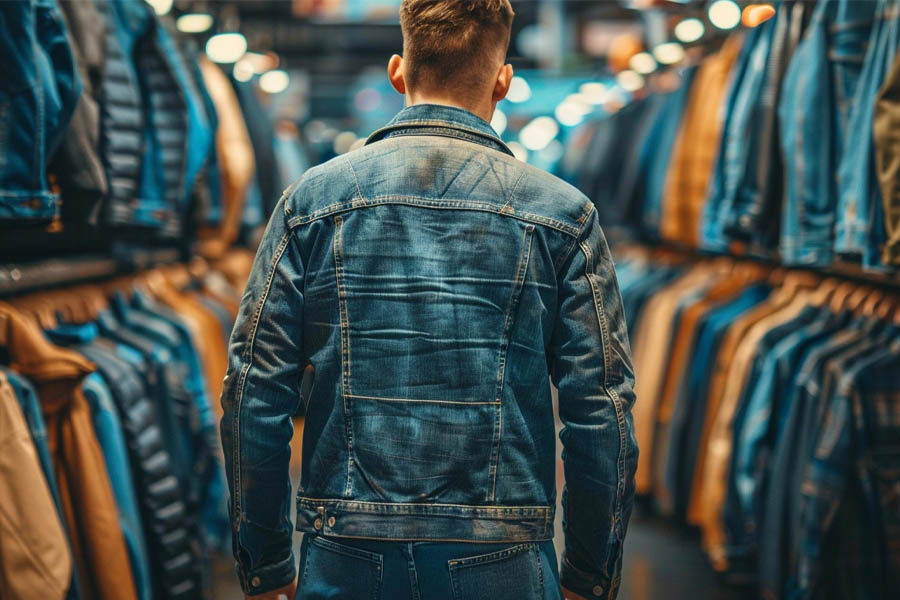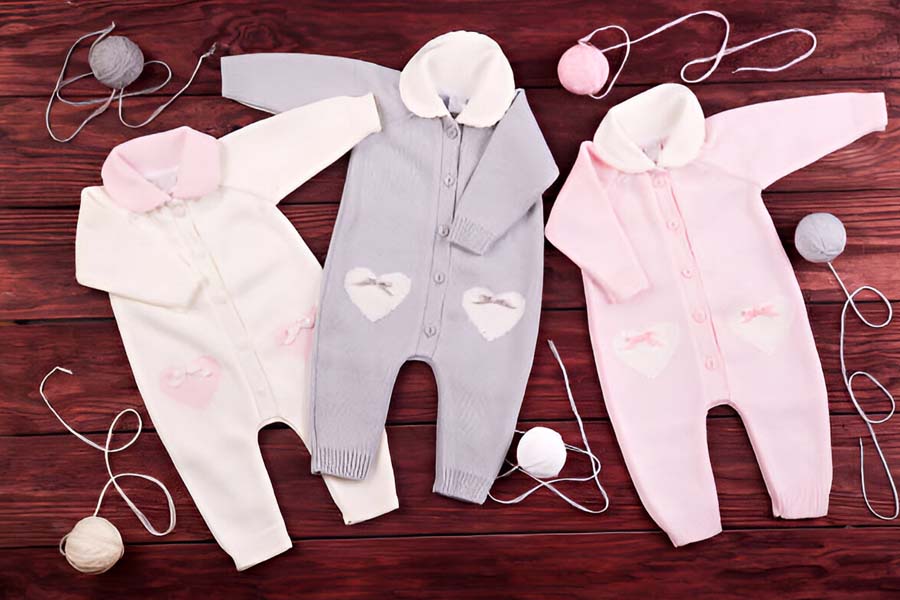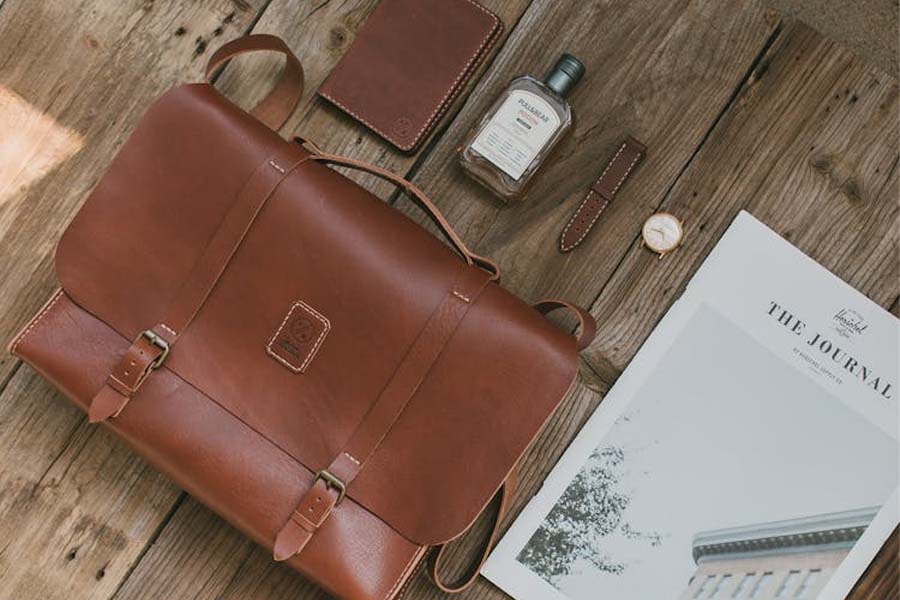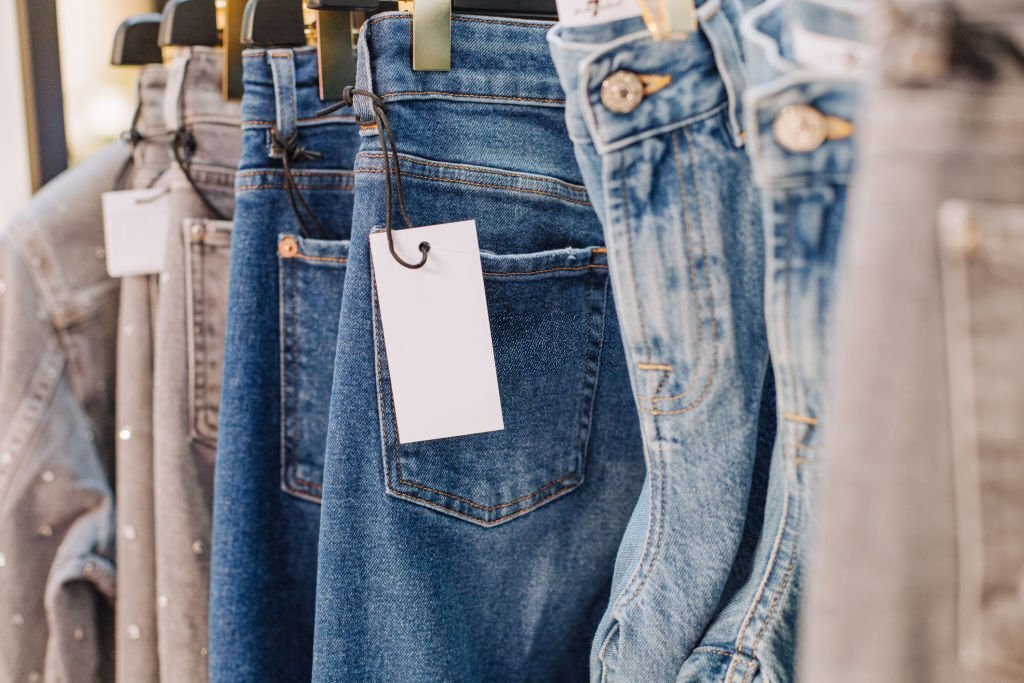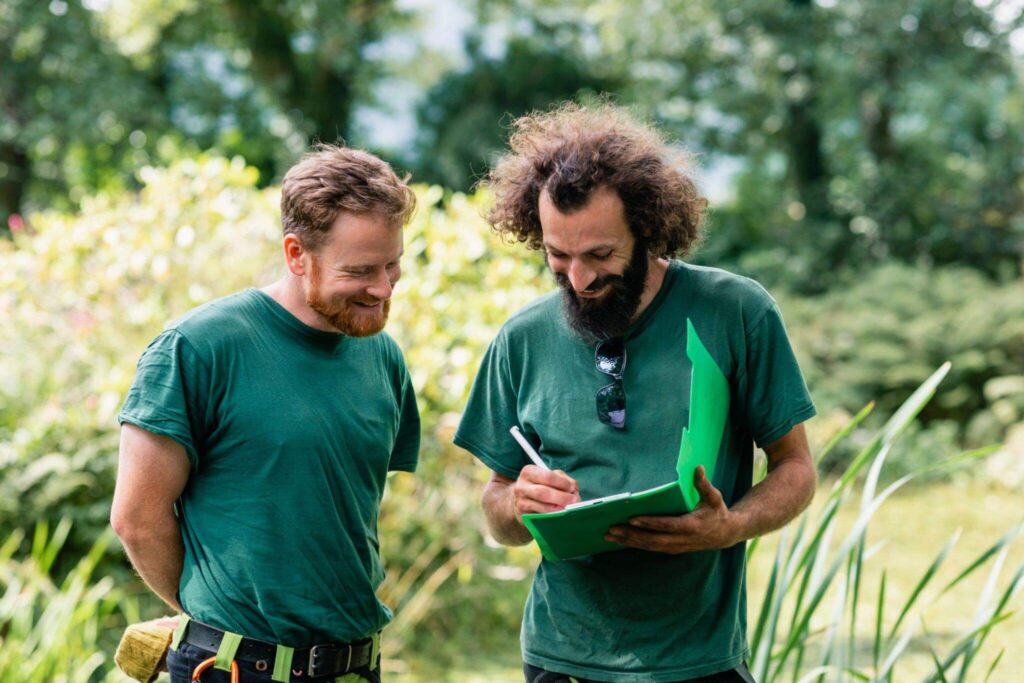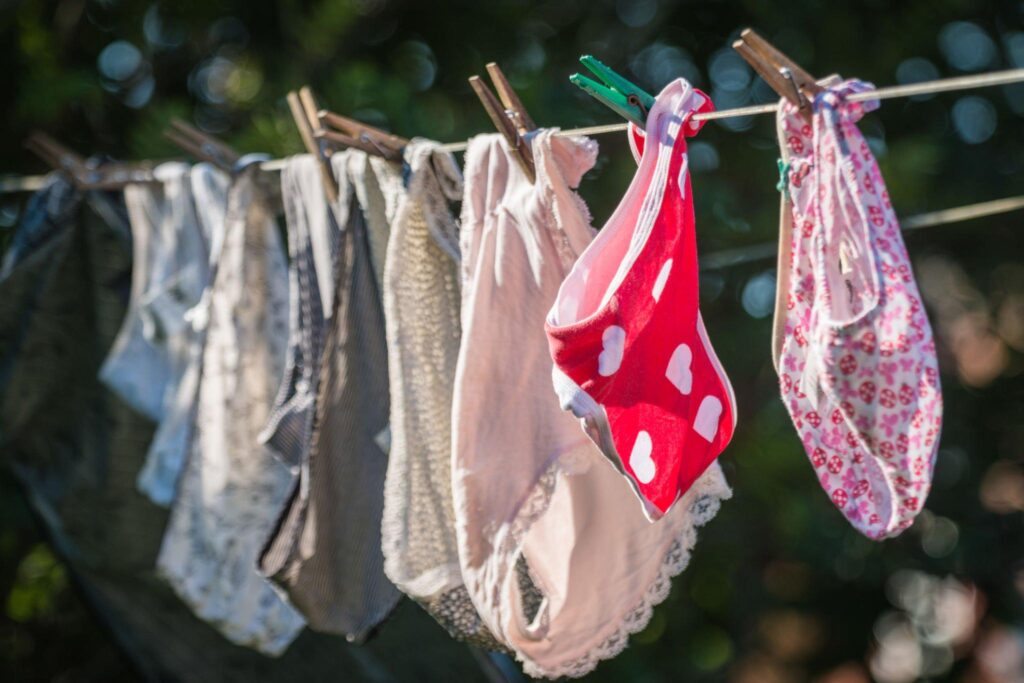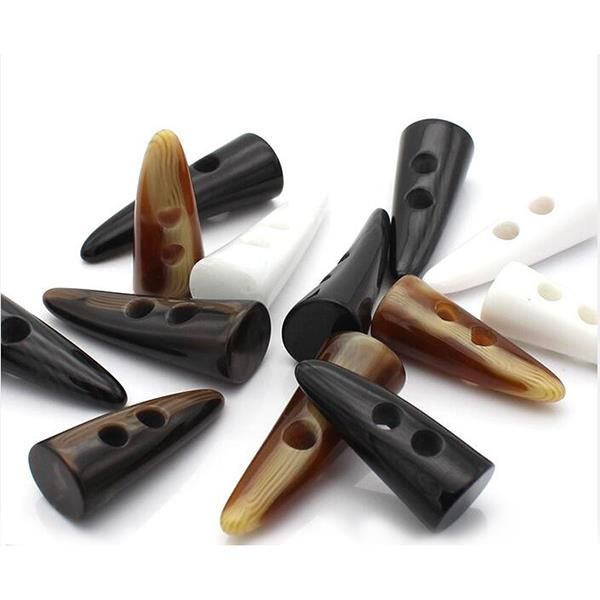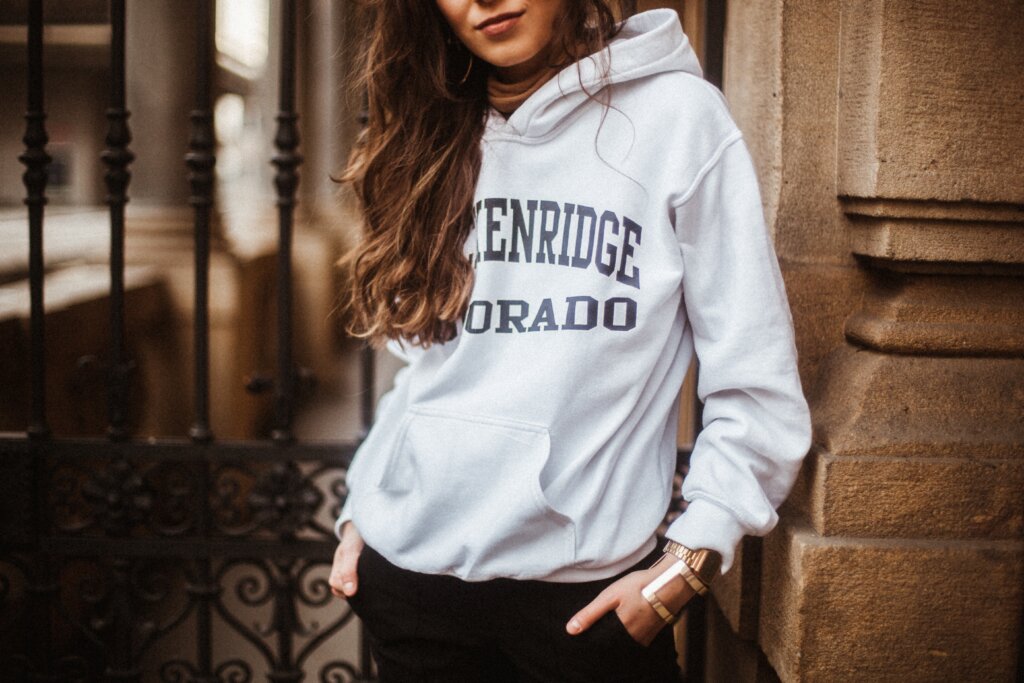
Starting a fashion brand is an exciting venture, but it can also be overwhelming. With so many things to consider, from designing to sourcing materials and manufacturing, it’s easy to feel lost. That’s where custom cut and sew manufacturers come in to help.
They can provide end-to-end support, taking care of everything from the initial design phase to the finished product. By working with a cut and sew manufacturer, you can save time and money, as they have established supply chains, factories, and skilled workers at their disposal.
Small batch cut and sew manufacturers offer the added advantage of producing limited collections with lower minimum order quantities, allowing you to test the waters without incurring high overhead costs. To help you kickstart your fashion business, we have compiled a list of the top 10 small batch and low minimum order quantity cut and sew manufacturers.
Each of these cut and sew clothing manufacturers provides exceptional customer service and has a global reach, ensuring that your small batch clothing collection will be crafted with care and cater to your specific needs. Read on to discover more about each one.
Ludyway – Best Overall for Small Batch Cut and Sew Clothing
AEL Apparel – Great for Fully Customizable Clothing with Low Minimum
The London Pattern Cutter – Specializes in Sportswear and Lingerie
Fabric Incubator – Top Small Batch Cut and Sew Manufacturer Known for Free Material Sourcing Library
Music City Sewing – Expert in Small Batch Manufacturing Stage Costumes
Seam Sewing – Specializes in Tailored Button-Front Shirts Crafted with Single Needle Stitching
Contrado – Best for Low MOQ Clothing with a Wide Range of Patterns and Prints
Movement MFG – Ideal for Carefully Crafted & Small Batch Manufacturing Swimwear
Sew It In London – Perfect Choice for Low MOQ High-Quality Women’s and Men’s Wear
Billoomi Fashion – Best for Dressmaking and Bohemian Clothing Small Batch Manufacturing
10 Recommended Cut and Sew Manufacturers with No / Low Minimum
Ludyway – Best Overall for Small Batch Cut and Sew Clothing
If you’re looking for a custom clothing manufacturer to bring your clothing ideas to life, Ludyway is the perfect partner. Based in China, this small batch cut and sew manufacturer offers amazing start-to-finish support with a low minimum quantity, making it easy for you to create your own clothing collection.
With unique fabrications and innovative production methods, Ludyway helps you realize your design ideas, no matter how complex.
Moreover, Ludyway offers an amazing array of over 100 styles featuring unique designs created by their team of experts. This provides you with unlimited possibilities to create a customized collection that is the perfect representation of your small batch cut and sew clothing brand.
Pros
- Wide selection of materials
- Eco-friendly options
- Custom printing capabilities
- Flexible minimum order quantity
- Offers flexibility to work with established cut and sew styles or custom sketches
Cons
- Longer shipping time compared to local small batch clothing manufacturers
Visit Ludyway to discover more about small batch cut and sew services.
AEL Apparel – Great for Fully Customizable Clothing with Low Minimum
An international favorite, AEL Apparel offers an amazing selection of fully-customizable clothing that is perfect for any customer looking to create a custom clothing line. This Chinese small batch cut and sew clothing manufacturer offers flexible minimum order quantities to cater to customers of all budgets and needs.
With a focus on innovation and eco-friendly processes, AEL Apparel is a leader in creating eco-conscious and on-trend small batch clothing. They offer a wide selection of clothing styles for men, women and children, including swimwear, loungewear, denim and so much more.
Pros
- Great selection of styles for men, women and children
- Eco-friendly material and manufacturing processes
- Offers custom printing options
- Low and flexible MOQs
- Affordable price points
Cons
- Can take longer to respond to customer inquiries due to time differences
Visit AEL Apparel for amazing, fully customizable clothing
The London Pattern Cutter – Specializes in Sportswear and Lingerie
A leader in the UK custom cut and sew clothing industry, The London Pattern Cutter offers all-inclusive service that’s catered towards start-ups and small clothing companies. They are unique in that they offer no minimum order quantity options for domestically produced pieces, making them a great partner for a new and emerging brand.
In addition to their small batch production services, The London Pattern Cutter also provides workshops and mentoring for new companies, with a wide selection of experienced patternmakers, designers, and more to choose from. With their start-to-finish support and small batch manufacturing, this company is a great choice to work with for any up-and-coming clothing line.
Pros
- Wide selection of sportswear, lingerie, and swimwear styles
- Offers international support and guidance for start-ups
- No minimum order quantity
Cons
- Limited style options due to specifically focused niche of cut and sew clothing
- Small batch manufacturing is limited to the UK only
Shop with The London Pattern Cutter for sportswear and lingerie.
Fabric Incubator – Top Small Batch Cut and Sew Manufacturer Known for Free Material Sourcing Library
Located in Arizona in the United States, Fabric Incubator is a highly recognized non-profit fashion incubator, design studio, manufacturer, and business accelerator that aims to help fashion companies of all sizes succeed in the industry. They offer unique sustainable cut and sew clothing with no minimum order quantity, setting them apart from other manufacturers.
Whether you’re searching for cut and sew swimwear, loungewear, or dresses, Fabric Incubator can do it all. Browse their impressive selection of eye-catching designs and choose the perfect pieces to craft your custom cut and sew small batch clothing collection.
Pros
- Wide selection of styles for both men and women
- Sustainable practices from start to finish
- Offers small batch manufacturing
Cons
- Requires membership to access no minimum order quantity production, which may come with additional costs or requirements
Find out more about the free material sourcing library of Fabric Incubator.
Music City Sewing – Expert in Small Batch Manufacturing Stage Costumes
If you’re looking to establish a clothing line with a focus on the theater industry, Music City Sewing is a great partner to consider. This small batch clothing manufacturer boasts over 20 years of sewing experience and offers local production in the United States with no MOQ.
While their specialty is more so in stage costumes, Music City Sewing also offers a wide selection of other styles to choose from, including t-shirts, skirts, athletic wear, and more. They can even work off of sketches, allowing you to be creative in what you want to be produced.
Pros
- Over 20 years of experience
- Can work with standard cut and sew styles or personalized sketches
- Offers no minimum order quantity
Cons
- May have longer lead times for production due to a small team size
- Cannot provide a cost estimate for pieces they have not previously produced until a sample is completed
Click here to learn more about Music City Sewing’s small batch clothing like stage costumes.
Seam Sewing – Specializes in Tailored Button-Front Shirts Crafted with Single Needle Stitching
An experienced small batch cut and sew manufacturer with worldwide reach and unmatched production capabilities, Seam Sewing is a great partner for anyone looking to establish a clothing line with tailoring in mind. This manufacturer handles all production in-house in the USA, allowing them to have no or low minimum order quantities with each order.
Additionally, Seam Sewing employs sustainable practices from start to finish, helping to keep both environmental impact and costs low. With their lean manufacturing techniques and specialty styles, you’ll be able to find the perfect cut and sew pieces to add to your custom clothing collection with Seam Sewing.
Pros
- Can work off of established cut and sew styles or sketches
- Advanced tailoring techniques
- No minimum order quantities
Cons
- Limited style options due to specifically focused niche of cut and sew clothing, which may not suit all design needs
Shop with Seam Sewing for premium shirts.
Contrado – Best for Low MOQ Cut and Sew Clothing with a Wide Range of Patterns and Prints
If you’re searching for a great cut and sew low MOQ clothing manufacturer with plenty of fun prints and patterns to choose from, Contrado is ideal for you. This experienced manufacturer offers a wide variety of styles for men, women, and children, with a great selection of materials and fabrics to choose from.
In addition to offering small batch cut and sew manufacturing services, Contrado also offers the ability to design your own custom patterns and add them to your pieces. This is an amazing way to further brand your clothing collection with beautiful customization.
Pros
- Provides a completely handmade process
- Offers the ability to create custom prints and patterns
- Allows for flexible order quantities, with no minimum order requirement
Cons
- Long leads for production due to small team size
Learn how Contrado creates clothing with patterns and prints.
Movement MFG – Ideal for Carefully Crafted & Small Batch Manufacturing Swimwear
A great choice for anyone who is looking to craft a custom swimwear collection, Movement MFG is an experienced cut and sew manufacturer with low minimum order quantities and fast production turnaround times. With years of experience in the industry and a client-focused perspective, this manufacturer is a great option for any upcoming fashion brand to partner with.
Although they specialize in swimwear, Movement MFG has expanded their collections to include activewear as well, giving you more opportunities to craft an amazing custom cut and sew clothing collection in no time at all.
Pros
- Specializes in swimwear production with expertise in the niche
- Offers fast turnaround time
- Provides low minimum order quantities
Cons
- Limited style options due to specifically focus on swimwear production, which may not suit all design needs
Shop with Movement MFG for well-crafted swimwear.
Sew It In London – Perfect Choice for Low MOQ High-Quality Women’s and Men’s Wear
Sew It In London (SIIL) is a small batch cut and sew manufacturer that specializes in producing luxury, high-quality, and sustainably-made clothing. Their selection of styles includes both ready-to-wear and bespoke pieces, ensuring that each garment is made to your specifications.
In addition, SIIL offers competitive pricing and low to no minimum order quantities, making them great for new and emerging fashion lines. With a focus on sustainability and maintenance of classic British craftsmanship, you’ll be well on your way to creating the perfect high-end cut and sew clothing collection with SIIL.
Pros
- Specialization in high-quality cut and sew clothing
- Styles for men and women
- Low to no minimum order quantities
- Competitive pricing
Cons
- May not be suitable for clients who are looking for a manufacturer with a wider range of style options
Visit Sew It In London to cut and sew clothing in London.
Billoomi Fashion – Best for Dressmaking and Bohemian Clothing Small Batch Manufacturing
Billoomi Fashion is a full-service small batch clothing manufacturer based in India. This cut and sew low MOQ clothing manufacturer offers an amazing selection of stylish designs and fabrics to choose from as well as all-inclusive support to ensure a successful partnership from start to finish.
Billoomi Fashion is an excellent choice for creating small batch cut and sew clothing with a bohemian-inspired or elegant style. With their many years of experience, eco-friendly practices, and affordable pricing, you’ll be able to craft the perfect high-end cut and sew clothing collection in no time at all.
Pros
- Affordable pricing
- Eco-friendly practices
- Low MOQ
Cons
- Limited catalogs of styles available to review prior to contacting, which may make it harder to assess their suitability for your needs
Contact Billoomi Fashion for trendy dress orders.
Advantages of Collaborating with Small Batch Cut and Sew Manufacturers
Small batch cut and sew manufacturers offer numerous advantages for those looking to establish their own custom clothing line or fashion brand. One of the biggest hurdles for many brand founders is the high cost associated with research, design, development, production, and branding.
Working with small batch cut and sew manufacturers can greatly reduce these costs. They specialize in producing smaller quantities, allowing for a lower minimum order quantity and a more affordable price point.
Additionally, small batch cut and sew clothing manufacturers typically have faster production turnaround times, which can help you get your clothing collection to market more quickly.
By partnering with a small batch cut and sew manufacturer, you can reduce risk and lower overall costs, both in the short-term and long-term. This allows your clothing collection to flourish and helps you make a mark on the fashion industry without breaking the bank.
What to Look for When Partnering with Small Batch Cut and Sew Manufacturers?
When considering partnering with a small batch cut and sew manufacturer, there are several important factors to look for. Here are some key considerations:
What Each Piece Requires
Before you get started, make sure that the custom cut and sew manufacturers can meet all of the requirements for each piece, including fabric types, garment specs, and more.
The Method of Printing
Research the printing styles each cut and sew manufacturer employs to ensure they align with your desired design and printing needs.
The Quality
Ensure that the small batch cut and sew manufacturer or supplier produces high-quality products that match your brand’s standards.
What the Lead Time Looks Like
Look into how long each piece will take to produce with your small batch cut and sew manufacturer, and make sure it aligns with your required timeline.
The Total Cost
One of the most important factors, the cost to produce each piece should be considered to make sure that it is in line with your budget.
How Experienced the Manufacturer Is
Choose a custom cut and sew manufacturer that has a long-standing reputation for excellence, extensive industry experience, and a proven track record of success.
Start Your Own Small Batch Cut and Sew Clothing Collection with Ludyway
Finding the most experienced small batch cut and sew clothing manufacturers? Ludyway is here to help you build your clothing brand and make your mark on the fashion industry.
